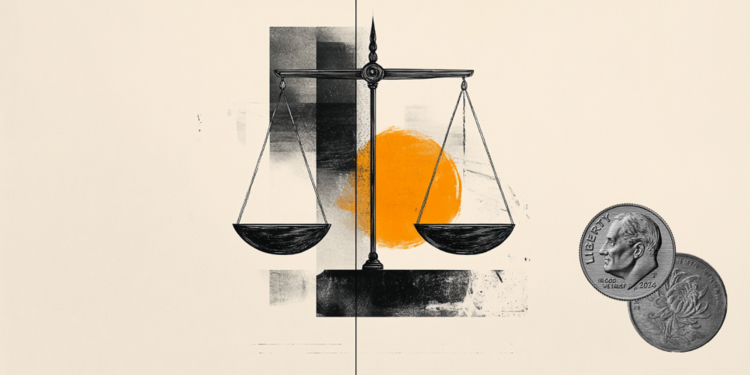THE epilepsy It is a temporary, reversible change in brain function marked by repeated seizures. The causes can be brain damage, infections, alcohol abuse and drug use.
O CNN Vital Signs This week discusses the myths and truths about the condition with the participation of great people in epilepsy from Brazil and Latin America, who explain what the disease is and what are the correct ways to assist a person who is going through a crisis.
The rerun of the program presented by cardiologist Roberto Kalil will air this Sunday (21), at 7:30 pm, reinforcing the diversified content with the brand CNN Soft .
Historical context
Epilepsy brings a baggage of prejudices and stigmas that involve social and psychological issues that go beyond medicine. In the British Museum in London there are Babylonian stones with the Code of Hammurabi and the legislation of the Babylonians. In them, there is a limitation for people with epilepsy, such as the restriction on marriage, already stipulated 4 thousand years ago.
In Ancient Greece, treatment was done with the blood of gladiators. The seizures of people with epilepsy caused fear and astonishment and, therefore, these people were taken to religious services and even hospitalized with dementia.
crisis
The wrong way to help a person with a crisis still persists. “1 to 2% of the world population has epileptic seizures during their lifetime. In Brazil, more than 2 million people have epilepsy. It is a public health issue”, says specialist Carlos Alberto Mantovani Guerreiro, a neurologist and professor at the State University of Campinas (Unicamp) with an emphasis on Epilepsy and Clinical Neurophysiology.
Epilepsy is a term assigned to a set of diseases that lead to brain dysfunction and manifest with epileptic seizures, which are events associated with brain malfunction.
There are seizures in which the dysfunction is localized to a specific area of the brain, the focal seizure. When this spreads to the brain as a whole, it is called a generalized seizure, like the chronic tonic, popularly known as a seizure.
There are also refractory seizures, which are those that do not respond to drug treatment, called in the past as anticonvulsants.
According to experts, a common mistake in the face of a crisis is trying to help by pulling the patient’s tongue or putting your finger in the mouth. In addition to not helping, the measure can hurt the patient’s oral cavity or whoever is trying to help.
Neurologist Carlos Alberto Mantovani Guerreiro explains that the most important thing is not to leave the person on their back, but in the lateral position. With the rigidity of the body during the crisis, the person cannot swallow the saliva and may choke.
“Saliva must be eliminated to avoid the risk of aspiration and becoming a serious problem for the respiratory system”, comments Guerreiro. “The first thing in crisis assistance is to be calm. And the most important thing is to put support, pillow so you don’t hit your head. Most crises are self-limiting and take a maximum of 1 minute, they are interrupted normally and the person recovers”, says the specialist.
In more severe cases, status epilepticus can occur, where the seizures are quite recurrent and time-consuming, and the person is at risk of death. Therefore, experts recommend following an appropriate treatment according to each type of epilepsy.
The head of the epilepsy service of the Department of Neurology at Unicamp, Fernando Sandis, explains that about 80% of people with focal epilepsies, those caused by a lesion identified by imaging tests, can be cured through surgery.
“We need to learn to know which patient needs to be sent quickly for treatment. There is a late referral for diagnosis. Children, for example, take drugs and become intoxicated even before identifying the correct type of epilepsy and the best form of treatment”, says Kette Valente, president of the Brazilian League of Epilepsy.
Different types of epilepsy
O CNN Vital Signs shows the different types of epilepsy and the causes and forms of treatment, from the correct use of drugs to the use of surgery or diets.
The team shows the routine of people with epilepsy who, although they live with the seizures, can lead a normal life.
Actress and model Laura Neiva reports having faced difficulties in accepting drug treatment. “As soon as I was diagnosed, I discovered that I had to take medication for life. I was dissatisfied and stopped taking medicine, in secret. And I had a seizure while driving and crashed the car. So, I started to accept the treatment,” she says.
The program also features the change in routine of actress Julia Almeida, diagnosed with the disease. She tells how she deals with the condition, the crises and talks about the importance of allowing yourself and listening to continue with a lighter daily life.
Source: CNN Brasil







